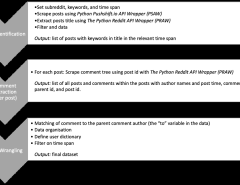PhishGuard
Elevator Pitch: Imagine never having to worry about phishing attacks again. PhishGuard offers real-time protection with industry-leading accuracy and transparency, letting you focus on what truly matters in your business. Protect your emails with the future of cybersecurity—intelligible, dependable, and accessible.
Concept
PhishGuard leverages advanced machine learning and Explainable AI to provide real-time email phishing detection and education.
Objective
To minimize the impact of phishing attacks by providing businesses and individuals with a tool to detect phishing attempts before they cause harm.
Solution
Implementing a high-performance machine learning model verified by a wide public dataset, achieving high accuracy in detecting phishing emails, coupled with Explainable AI to make the detection process transparent and trustworthy for users.
Revenue Model
Subscription-based model for businesses and free tier with limited checks per month for individual users, additional revenue through API access for developers and partnerships with cybersecurity firms.
Target Market
Businesses of all sizes, cybersecurity firms, individual email users, and software developers looking for reliable email security solutions.
Expansion Plan
Expand from email solutions to broader cybersecurity protection tools, scale up by integrating with larger platforms like email server providers, and explore international markets.
Potential Challenges
Continuously evolving phishing techniques, ensuring model adaptability, and the high cost of false positives.
Customer Problem
Increasing threats and damages caused by sophisticated phishing attacks, leading to financial losses and security breaches.
Regulatory and Ethical Issues
Compliance with global data protection laws (e.g., GDPR, CCPA) and ethical handling of email data.
Disruptiveness
Introducing a cost-effective, highly accurate, and user-friendly solution that improves over current technologies with the addition of explainability, bridging the gap between AI performance and user trust.
Check out our related research summary: here.




Leave a Reply